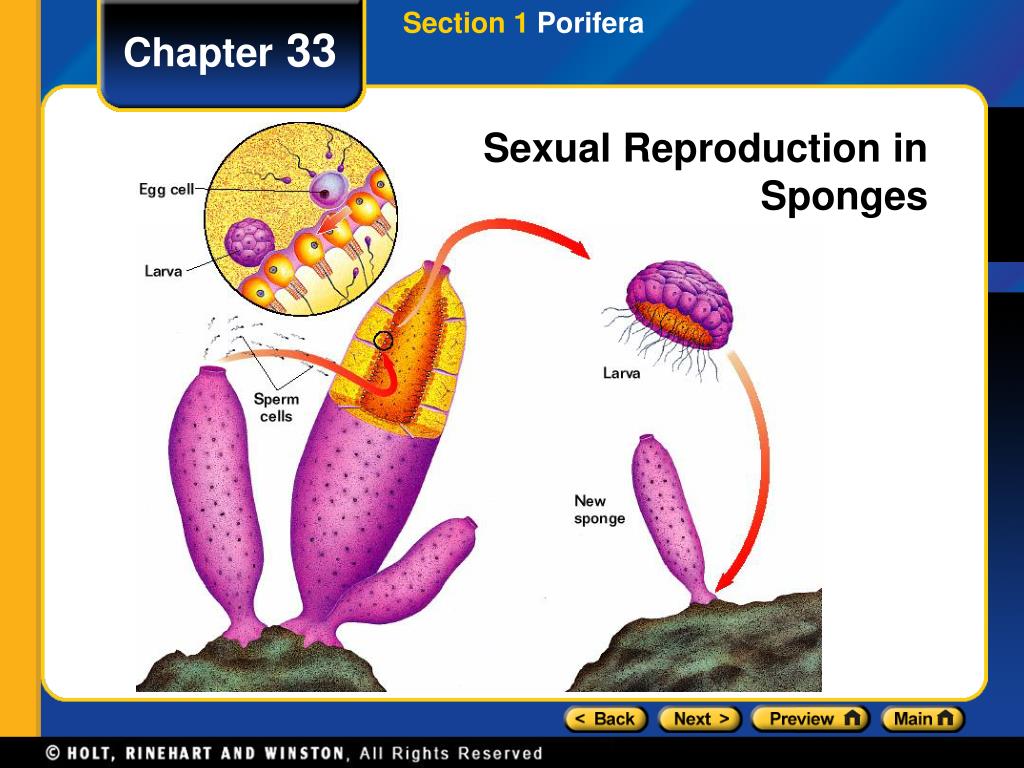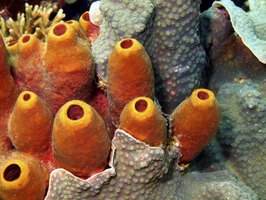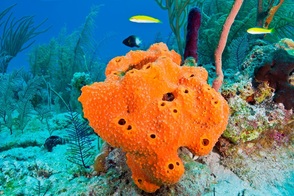


These creatures are incredibly odd and unique animals. Inside, they have microscopic hairs, or flagella, which wiggle to push the water through their bodies. All sponges have tiny pores where they intake water. Some have many branches or odd shapes, while others have a simple cylindrical shape. An immensely wide variety of shapes and sizes exist. Intracellular digestion.These odd creatures vary drastically in appearance. Food particles are trapped in mucus produced by the sieve-like collar of the choanocytes and are ingested by phagocytosis. The beating of flagella from allĬhoanocytes moves water through the sponge. The choanocyte is embedded in mesohyl but protruding into the spongocoel is a mesh-like collar surrounding a single flagellum. The mesohylĬontains embedded amoeboid cells that secrete tiny needles called spicules or protein fibers that help give the sponge its structural strength. Sponges consist of an outer layer of flattened cells and an inner layer of cells called choanocytes separated by a jelly-like substance called mesohyl. However, sponges exhibit a diversity of body forms, which vary in the size and branching of the spongocoel, the number of osculi, and where the cells that filter food from the water Water flows out through a large opening called the osculum ( Figureġ5.9).

Water enters the spongocoel from numerous pores in theīody wall. The body of the simplest sponges takes the shape of a cylinder with a large central cavity, the spongocoel.


 0 kommentar(er)
0 kommentar(er)
